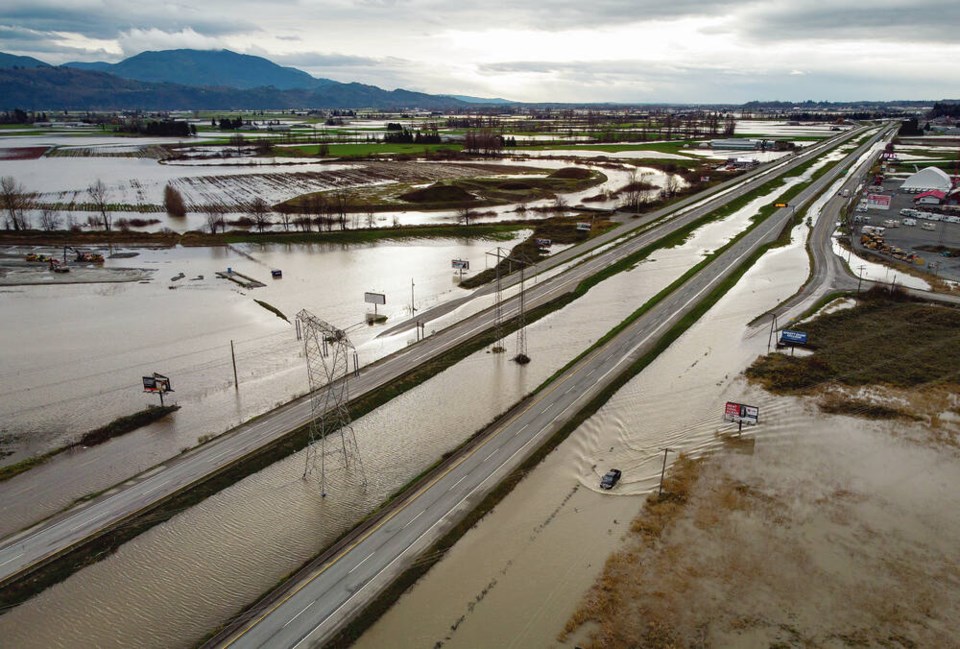The B.C. government needs to spend significantly more money to build climate resiliency and set targets and timelines while shifting its focus away from disaster relief, a provincially appointed advisory board recommends.
“Investment in climate resilience is more cost-effective than disaster relief,” the 18-member Climate Solutions Council has told the B.C. government.
The council provides strategic advice to the province on climate action and clean economic growth. It includes academics from the University of B.C. and Simon Fraser University, business representatives including from Shell Canada and Teck Resources, and representatives from unions, First Nations and environmental and climate groups.
Colleen Giroux-Schmidt, one of the council’s co-chairs, said the council has not yet had a detailed response on their suggestions from the province.
Its three-page letter was sent eight weeks ago.
B.C. Ministry of Environment and Climate Change Strategy officials said the province plans to discuss the advice at a June meeting of the council to influence work to develop targets this year and next.
Both the Ministry of Environment and the Ministry of Emergency Management and Climate Readiness are working to develop a provincial hazard risk vulnerability assessment, cross-sector climate adaptation targets and a climate risk reduction plan, said Environment Ministry spokesman David Karn.
Giroux-Schmidt, vice-president of corporate relations for Innergex Renewable Energy, said that as a volunteer board they did not specifically calculate how much more money is needed to build climate resiliency, but she stressed it was significant and would be much more than is being spent now.
Specific targets are needed to create government accountability and also to set priorities that go beyond the four-year election cycle, said Giroux-Schmidt.
“It’s the same in any organization. You have to drive results by having goals and targets. And if not, then there’s no accountability back to the decision makers to make sure that something has been prioritized,” she said.
When questioned about the level of spending on climate resilience, the province has previously pointed to the addition of $180 million for a community emergency preparedness fund and money available through federal programs. Under the B.C. fund, local governments and First Nations can apply for money to reduce the risks and effects of natural disasters related to climate change, including floods and wildfires.
However, local government and First Nations have said repeatedly they don’t have the money to carry out the billions of dollars of work that is needed, for example, to improve dikes or to create fire breaks in the forests around their communities.
A 2022 Postmedia investigation found government efforts have fallen dangerously short of what is needed to properly protect communities in B.C. from floods and wildfires, which scientists forecast will increase in intensity and frequency.
The investigation found at least $13 billion is needed to protect communities from an expected increase in these climate-fuelled disasters.
In its letter, the Climate Solutions Council said it was encouraged by the B.C. government’s increased focus on adaptation reflected in Premier David Eby’s mandate letters to cabinet ministers, the recent provincial budget, and the creation of the new ministry of Emergency Management and Climate Readiness.
But the council said more needs to be done.
That includes accelerating the province’s existing climate adaptation plan with specific budgets, funding and timelines.



